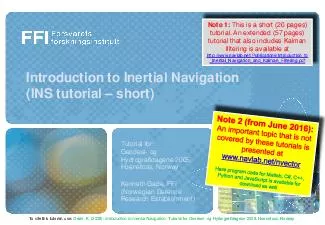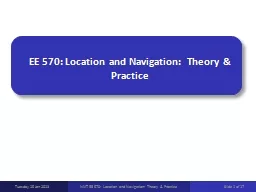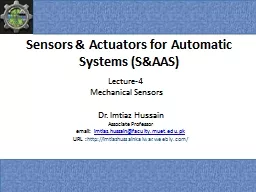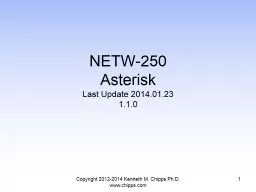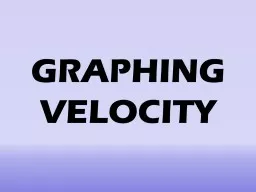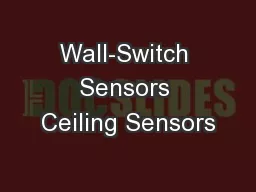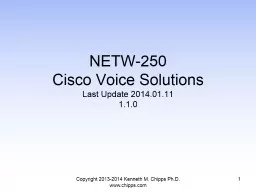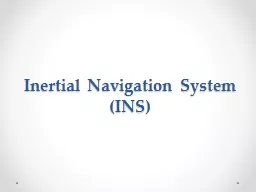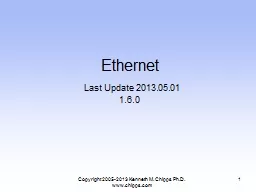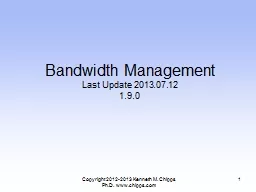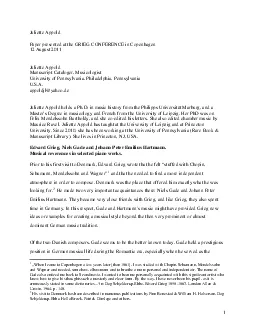PDF-Introduction to Inertial Navigation Kenneth Gade Navigation Navigation Estimate the position
Author : marina-yarberry | Published Date : 2014-12-16
Always relative to inertial space Most common inertial sensors Accelerometers G yros brPage 4br Accelerometers By attaching a mass to a spring measuring its deflection
Presentation Embed Code
Download Presentation
Download Presentation The PPT/PDF document "Introduction to Inertial Navigation Kenn..." is the property of its rightful owner. Permission is granted to download and print the materials on this website for personal, non-commercial use only, and to display it on your personal computer provided you do not modify the materials and that you retain all copyright notices contained in the materials. By downloading content from our website, you accept the terms of this agreement.
Introduction to Inertial Navigation Kenneth Gade Navigation Navigation Estimate the position: Transcript
Download Rules Of Document
"Introduction to Inertial Navigation Kenneth Gade Navigation Navigation Estimate the position"The content belongs to its owner. You may download and print it for personal use, without modification, and keep all copyright notices. By downloading, you agree to these terms.
Related Documents

